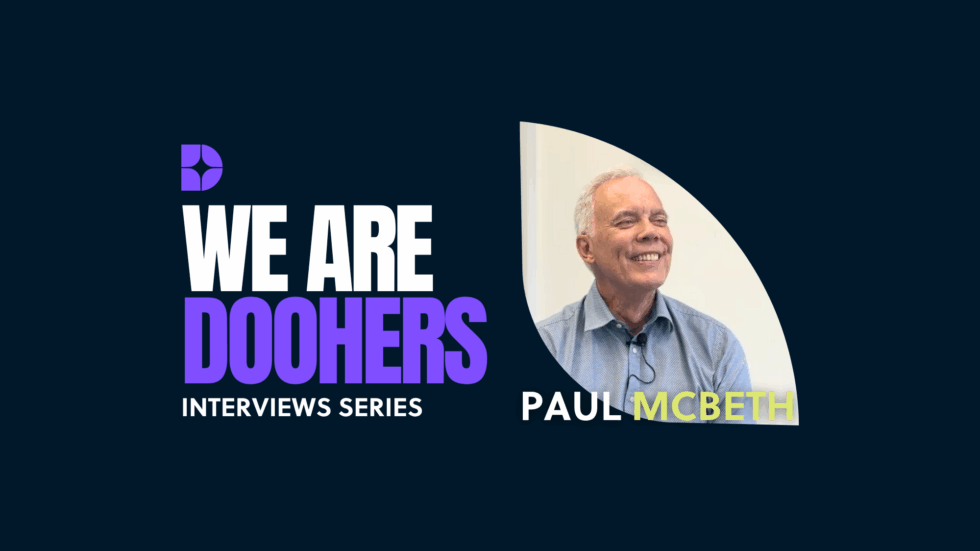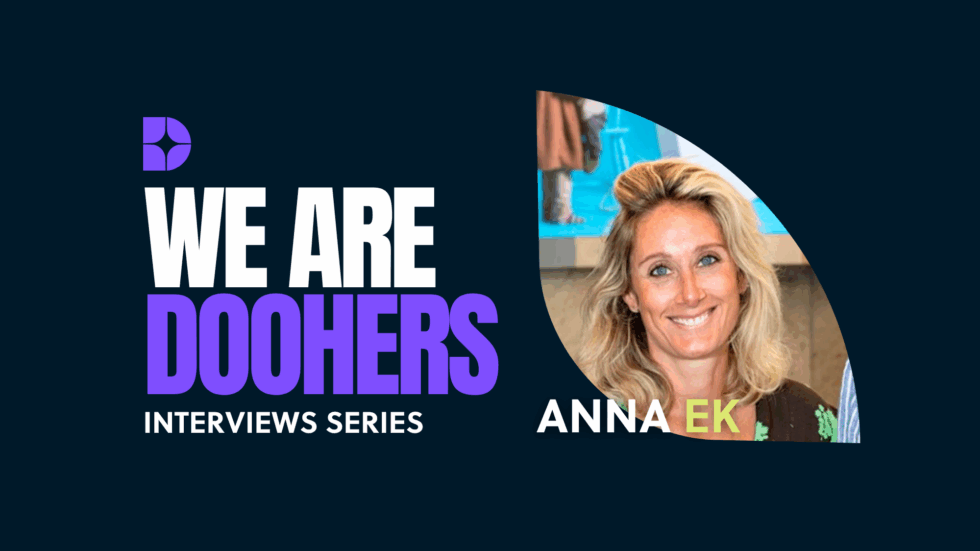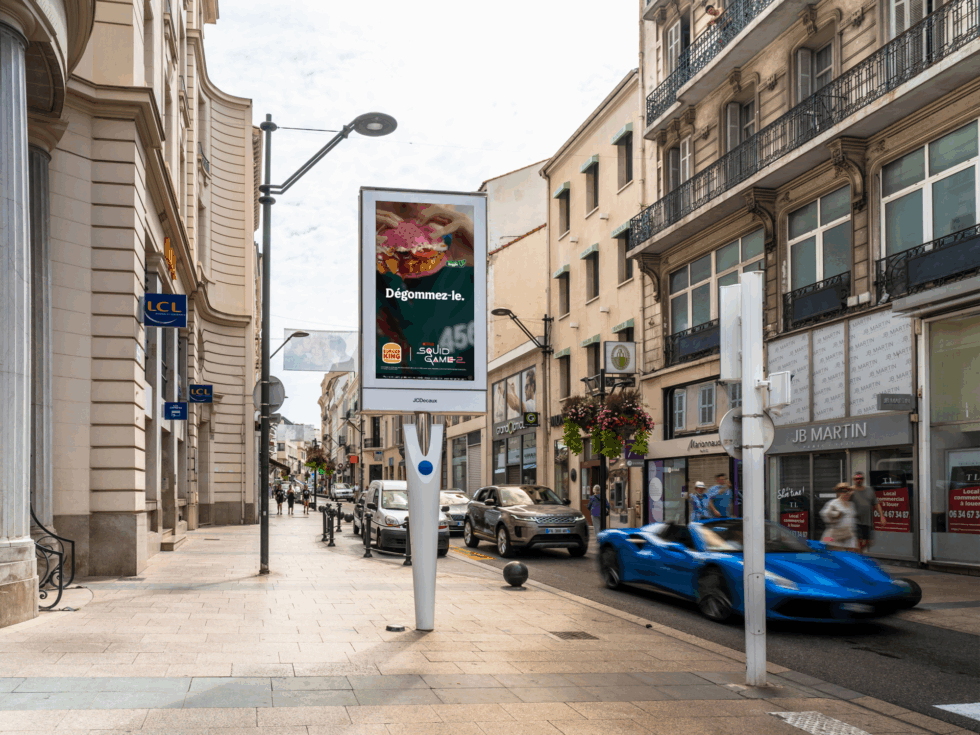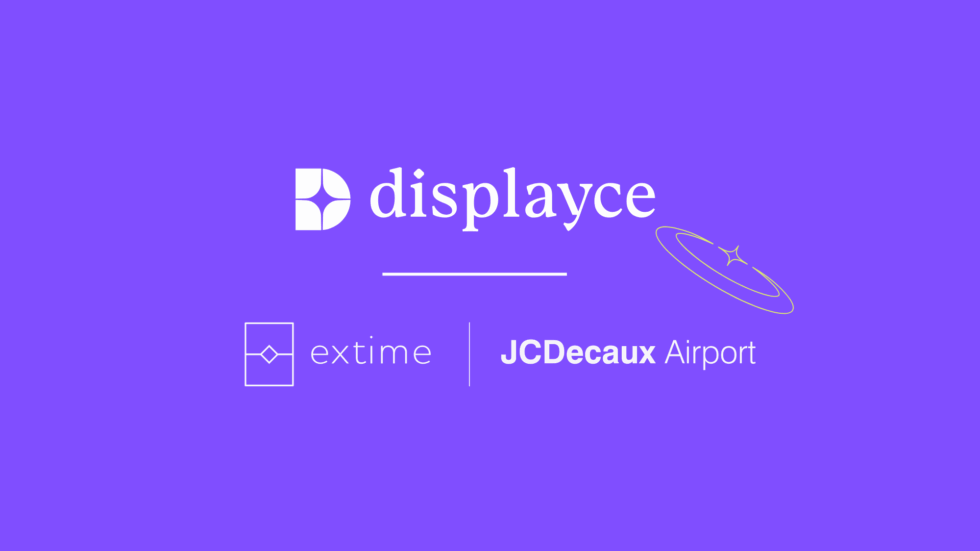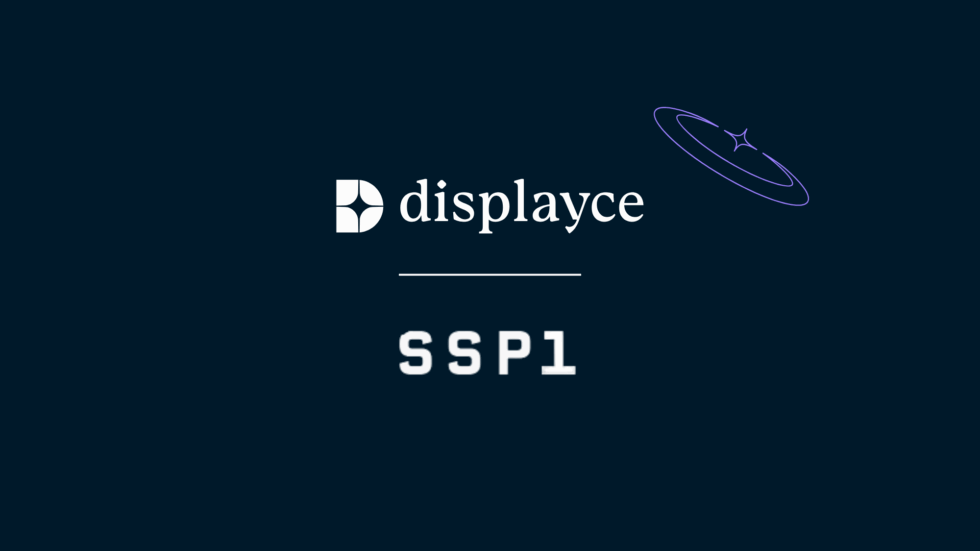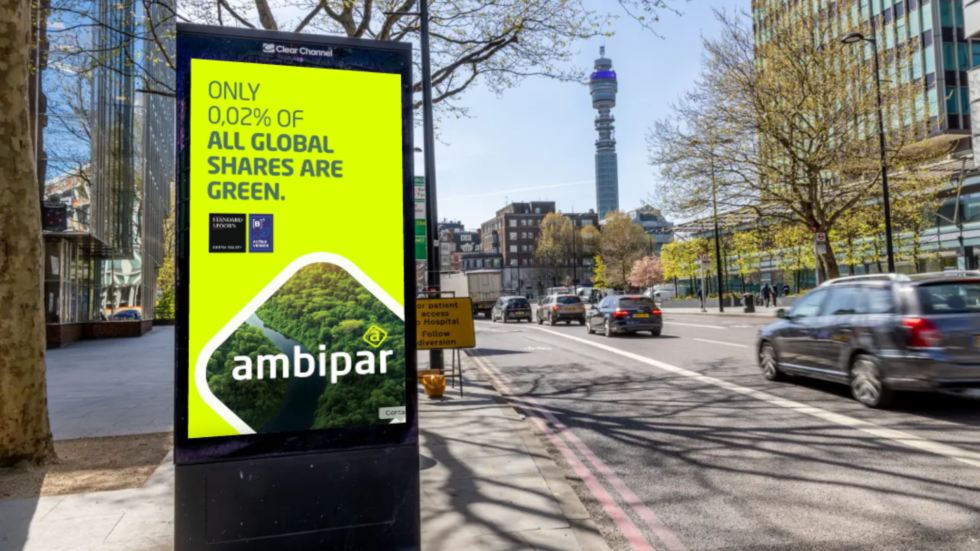Displayce DOOH blog
Your DOOH station for success stories, company news and Out-of-Home insights.
Featuring Digital Out-of-Home
DOOH learnings
10 Jul 2025
As part of our #WeAreDOOHers series, we spoke with Paul McBeth, Global Marketing Director at Executive Channel Network (ECN), the leading Digital Out-of-Home media media…
Join our newsletter
Keep an eye on Displayce monthly DOOH newsBe bold. Be viewed.
Make your OOH campaigns spark with Displayce
